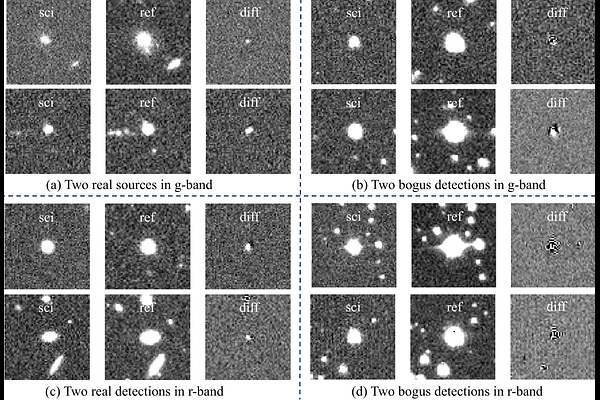The classification of real and bogus transients using active learning and semi-supervised learning

The classification of real and bogus transients using active learning and semi-supervised learning
Yating Liu, Lulu Fan, Lei Hu, Junqiang Lu, Yan Lu, Zelin Xu, Jiazheng Zhu, Haochen Wang, Xu Kong
AbstractDeep-learning-based methods have been favored in astrophysics owing to their adaptability and remarkable performance and have been applied to the task of the classification of real and bogus transients. Different from most existing approaches which necessitate massive yet expensive annotated data, We aim to leverage training samples with only 1000 labels available to discover real sources that vary in brightness over time in the early stage of the WFST 6-year survey. Methods. We present a novel deep-learning method that combines active learning and semi-supervised learning to construct a competitive real/bogus classifier. Our method incorporates an active learning stage, where we actively select the most informative or uncertain samples for annotation. This stage aims to achieve higher model performance by leveraging fewer labeled samples, thus reducing annotation costs and improving the overall learning process efficiency. Furthermore, our approach involves a semi-supervised learning stage that exploits the unlabeled data to enhance the model's performance and achieve superior results compared to using only the limited labeled data.